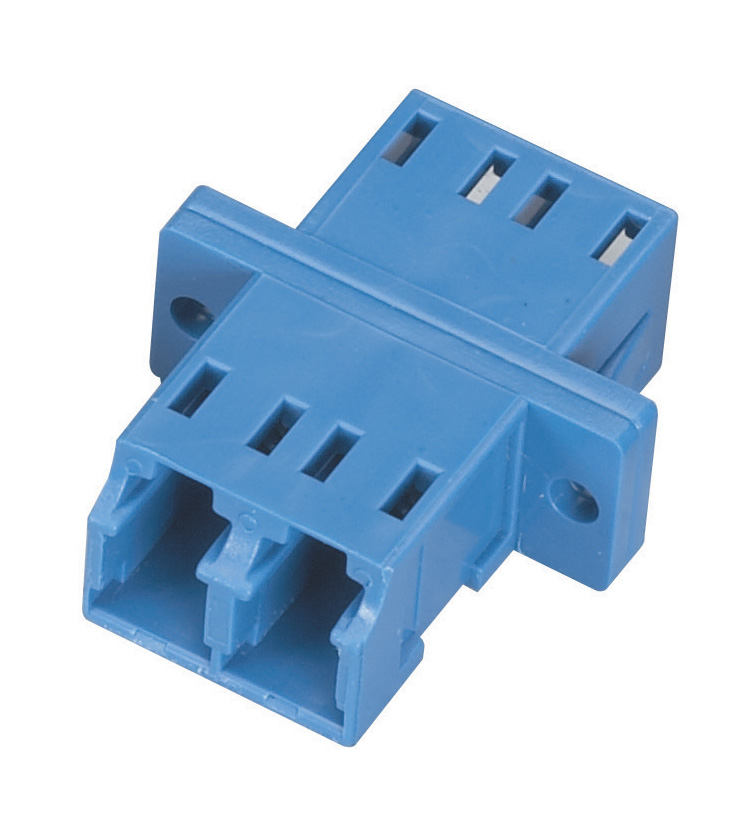
The need for higher bandwidths and secure networks is drastically increasing with each passing day. For fulfilling the need for higher bandwidths and secure networks, fiber optic cables are the only solution.
Fiber optic cables do not operate on their own. Multiple components and devices work together to achieve the objective. A fiber optic coupler is one of the important devices or components of a fiber optic cable responsible for transmitting the different number of optical signals from one source to the other end of a fiber cable.
Keep reading this article to understand what are couplers and what are their common types.
What is a fiber optic coupler?
A fiber optic coupler is a device that helps in fiber optic signal transmissions. These devices help the signal from one path to transmit or distribute to two or multiple paths or fiber cables. They also can receive multiple signals from different paths and redirect them to a single fiber cable.
These couplers are generally known as splitters, and their installation is very important. It is a must to take great care in installing these couplers for the right distribution of the fiber signal. Hire the services of fiber optic companies in Dubai to ensure the safe installation of these cables and necessary devices for signal transmission and distribution.
What are the types of fiber optic coupler?
With the increase in fiber optic cable types and numbers, fiber cables’ devices and components have also increased. The way the signal reaches the other end of a fiber depends on the coupler type. There are many fiber optic couplers, and the result of each coupler is different.
Below are some very common coupler types.
1. Active fiber coupler
For the working of active couplers, an electric source is necessary. They split or distribute the signal to other fiber ends using an electric source or power. These couplers use sensors and detectors to receive and convert the signal into an electrical signal and then transmit it to the other fiber end in the form of an electrical signal.
2. Passive fiber coupler
Passive optic couplers are the opposite of active fiber couplers. These couplers do not require any electric source or power to transmit the light signal to the other end of the fiber cable. Passive fiber couplers are mostly used in comparison to active fiber couplers.
3. X coupler
X coupler is also called a 2×2 coupler. X coupler works as a splitter and combiner in which the two input sources distribute between two different outputs. It works so that for two inputs, the number of outputs will be equal to two. X coupler is a combination of splitter and a combiner.
4. Y coupler
Y coupler resembles more like the letter “Y.” the output source in the Y coupler will be one, and the signal will distribute into two outputs for different fiber cables. Its working is such that for one output, the number of outputs will be equal to two. The reverse case will be like for two input sources; there will be a single output. The signal’s power for each fiber will vary and is controllable according to the user’s need.
5. Tree coupler
The input source in a tree coupler will be single, and it will have multiple outputs for a single input. For one input, there will be an M number of outputs in the case of a splitter. The case will is reverse for a combiner in which, for N number of inputs, the output will be one.
6. Star coupler
This type of coupler has multiple inputs and multiple outputs. The number of inputs and outputs doesn’t need to be the same or equal in numbers. We can have an M number of outputs for N number of outputs. The power distribution for each output will be the same and equal.
What is a WDM coupler?
WDM stands for wavelength division multiplexing. WDM aims to transmit multiple signals of different wavelengths through a single medium. The wavelengths or the signals coming out of WDM will be the input for the fiber cable. Different amplifiers help the signal to reach the fiber. There are two main types of WDM.
- Coarse WDM or CWDM
- Dense WDM or DWDM
Why use fiber optic couplers?
Fiber optic cables are very important to use with the fiber cables because without installing these couplers, you will not be able to achieve the signal transmission objective. These couplers will reduce signal attenuation rates and improve fiber stability. For no signal losses, one must install couplers to the fiber properly; hire fiber optic companies in Dubai to let the experts deal with the installation activities to improve the signal transmission rates.
Fiber installation for fast, reliable networks
For fast and reliable networks, it has become a necessity to use fiber optic cables. Without the installation of these cables, it is impossible to achieve higher bandwidths. You cannot achieve full and higher bandwidths just by installing the fiber cable; you must install it with great care and ensure all the necessary components like amplifiers, couplers, etc., are added to the fiber cable for better results.




